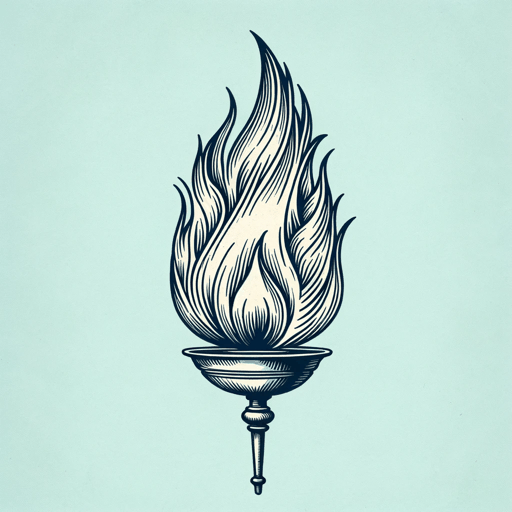36 pages • 1 hour read
Jill LeporeNew York Burning: Liberty, Slavery, and Conspiracy in Eighteenth-Century Manhattan
Nonfiction | Book | Adult | Published in 2005A modern alternative to SparkNotes and CliffsNotes, SuperSummary offers high-quality Study Guides with detailed chapter summaries and analysis of major themes, characters, and more.
Essay Topics
Besides the Prologue, each chapter of New York Burning is titled after a different element or object: “Ice,” “Fire,” “Paper,” etc. In the corresponding chapters, the element forms a recurring theme that links the various historical narratives that Lepore describes. Why does Lepore choose to organize her history in this way? What impact does it have on her argument?
Lepore writes that New York Burning is a story of how “slavery made liberty possible” (219) for 18th-century Americans. In what ways are slavery and liberty connected in 18th-century New York? Use concrete examples from the text to defend your argument.
Lepore argues that Hughson’s plot is best understood as a private joke about the Freemasons, rather than a legitimate attempt to stir up rebellion. Do you agree with Lepore’s historical argument about Hughson’s motives? Why or why not?
Related Titles
By Jill Lepore





